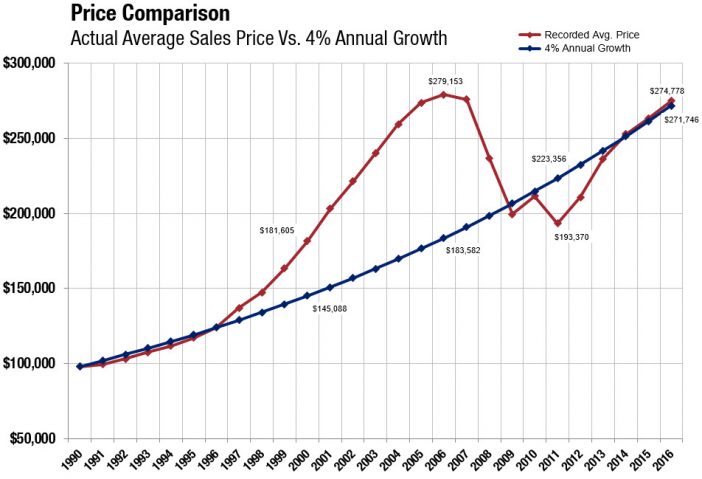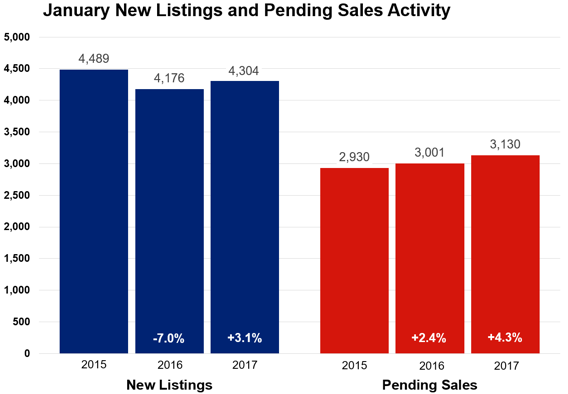
For Week Ending March 11, 2017
In the last three months, the Federal Reserve has now twice increased its benchmark interest rate a quarter point. The good news is that this was an expected move due to strong confidence in the economy. Mortgage rates will likely increase as well. That said, homes are still selling quickly, and there is little indication that the trend will slow down in the spring and summer months.
In the Twin Cities region, for the week ending March 11:
- New Listings decreased 3.3% to 1,740
- Pending Sales decreased 11.1% to 1,102
- Inventory decreased 24.8% to 9,290
For the month of February:
- Median Sales Price increased 7.7% to $223,250
- Days on Market decreased 14.6% to 82
- Percent of Original List Price Received increased 1.4% to 96.5%
- Months Supply of Inventory decreased 28.0% to 1.8
All comparisons are to 2016
Click here for the full Weekly Market Activity Report. From The Skinny Blog.


